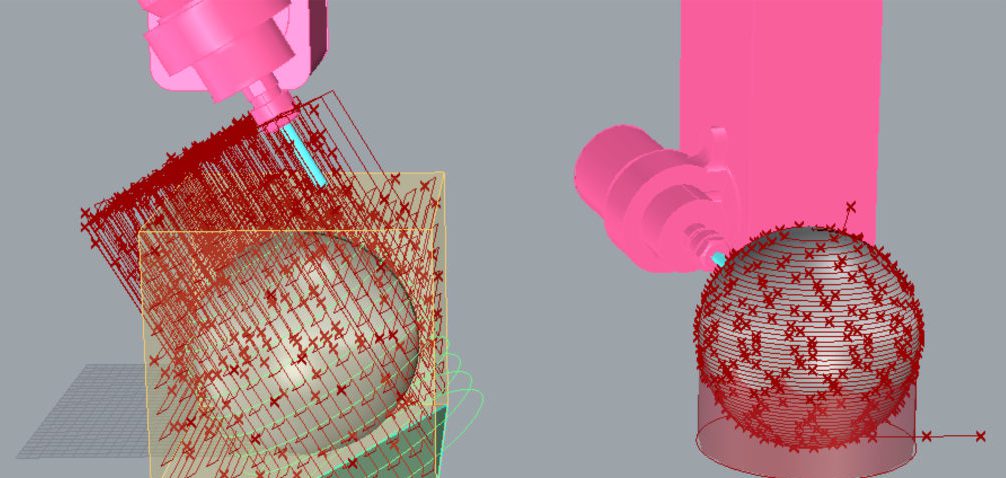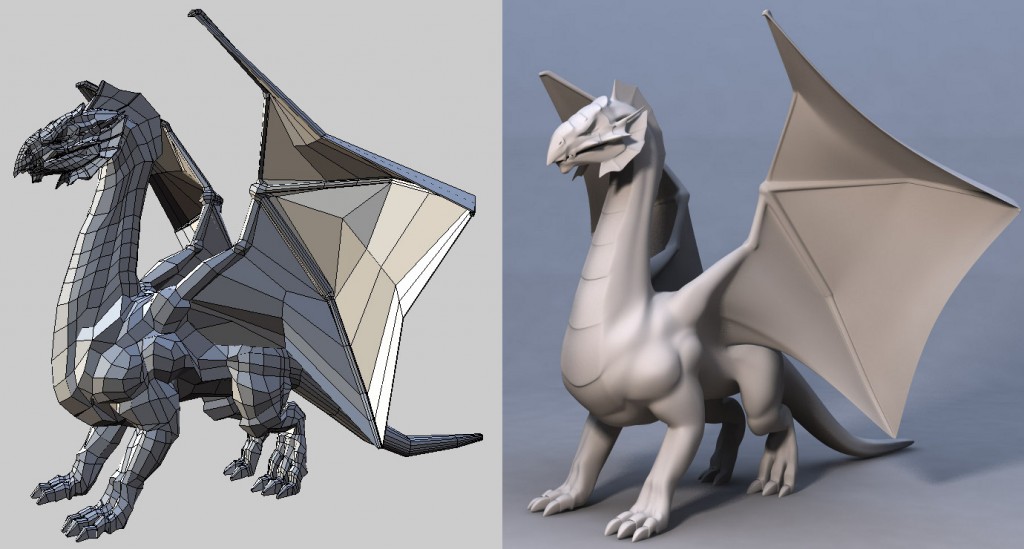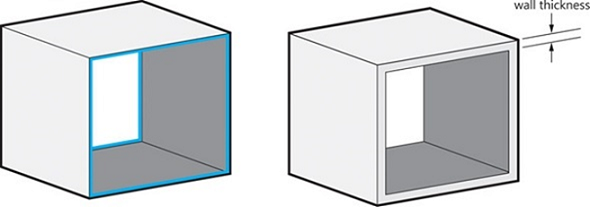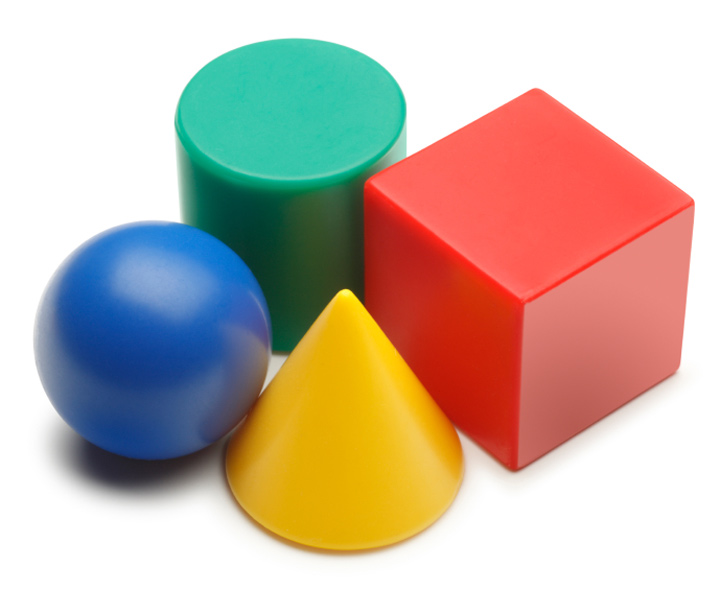First 3D Model: Tips for Beginner 3D Modelers
You’ve seen your friend’s 3D printer or really liked the 3D printer you saw at work or school. So you bought your own… now what? Every 3D modeler has taken the same demanding path to get to the base of the 3D design. It seems like an adventure for people. Now let us quickly look at the tips for beginner 3D modelers.
To get excellent results in 3D modeling you must have the passion. Therefore, everything related to computers, understanding of, and the way objects are placed in space and be an imaginative thinker.
Once you get close to the 3D modeling hub; it opens windows to limitless opportunities. The process is being used in various industries, from medicine to fashion, to engineering to entertainment. No matter the direction you choose to follow. 3D modeling will certainly turn out to be a great skill. Below is the information regarding the tips that beginner 3D modelers should follow.
What is the 3D Model?
A 3D model is a virtual representation of a three-dimensional object that is generated on a computer. It is a model that can be rotated and observed from all angles. A 3D file like this is needed as input for a 3D printer.
About 3D Printing a 3D Model
Not all 3D models were created with 3D printing in mind. Often 3D files were created for animation movies or computer games, and typically these models still need to be prepared for 3D printing. There are several design rules to keep in mind about this. But a very reoccurring issue is getting the right “Wall Thickness”. Wall thickness is simply the distance between one surface of your model and its opposite sheer surface.
Start with modeling simple objects
This is like learning a new language: you start by learning the alphabet, then different diphthongs, then short words, and then you get to the tough part of putting them all together. The same goes with 3D modeling.
Start modeling simple objects, like cubes, spheres, and pyramids to become comfortable with the basics. If you don’t know the basics. Then, how are you supposed to be successful with more complex shapes? Design simple objects until you feel confident enough to move to more difficult designs. This process will teach you the correct approach and will build the necessary modeling skills to take your work to the next level.
Know your printer’s build area
You will need to know the size of your printer’s build area. To ensure the objects your design will fit when printing. Also, you’ll need to know the size so you can accurately cut a bigger model into separate parts. Thus avoiding poor aesthetics and visible seams or lines after assembly.
If you, however, want to model a larger part without the need to cut it. Hence keep in mind that you can make use of the diagonal space. Experiment and find the solutions that will allow you to model and print with more accuracy and precision.
Generating Gcode
Gcode is the code language that most 3D printers run on. It’s what tells them where to move, how fast to move there, and how hot to be.
To generate the Gcode you need, you have several options:
- You can “Export” in the bottom right when you’re in the “3D View” or you can go to “Layer View” and click “Generate.”
- “Generate” will completely slice your model, but it will only save it in the backend of MatterControl, which is helpful if you aren’t quite sure if the settings for your print aren’t right yet and don’t want to fill up your SD card.
- “Export” will slice your model and save it to a location of your choosing.
- Once the Gcode has been generated, if you go to “Layer View” you can view what each layer will look like with either one layer at a time or in 3D and see the layer you are on and all the previous layers.
You’re ready to get printing! Wait – here are some quick tips:
- Make sure the first layer is going down really well. If it’s smearing, you’re too close, if you can easily see where one line was laid down next to the other, you’re too far. You have to find that “Goldilocks spot.”
- Watch the first couple of layers. The first layer may be fine, but the subsequent layer may have issues. Stick around for a little while to make sure everything goes smoothly.
- Don’t sit there for the whole print. Check up on it regularly, and be nearby, but you don’t need to monitor it. Once we’ve tested printers with short prints we can monitor while we are in the office, we will run weekend-long prints on them without worry. If you can’t go through these steps then Download free 3D models here.
Conclusion
We hope these tips will help you with the information you need to start your 3D modeling journey and support you to keep going. Using these tips beginner 3D modelers enjoy 3D printing your own 3D objects.
Credits: Wings3D.com, youtube.



